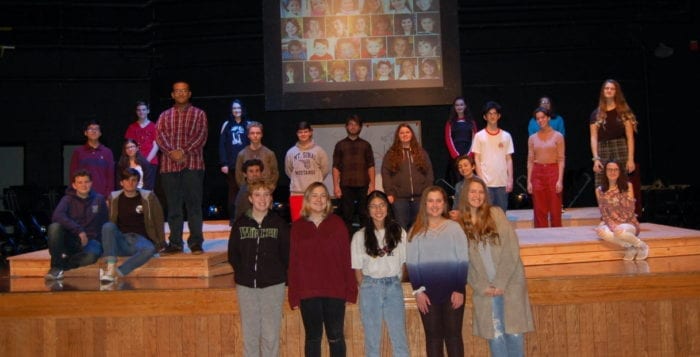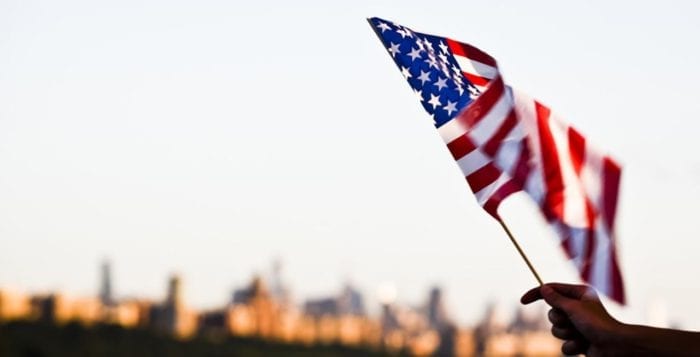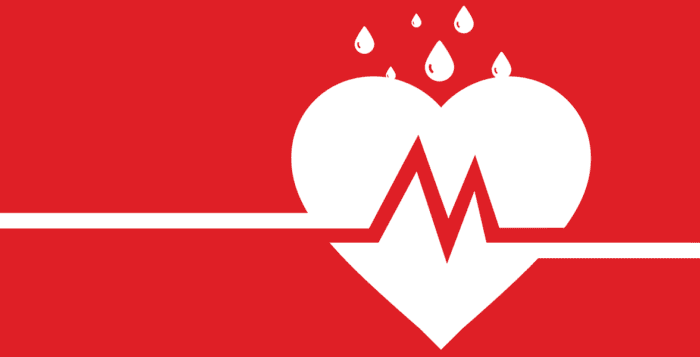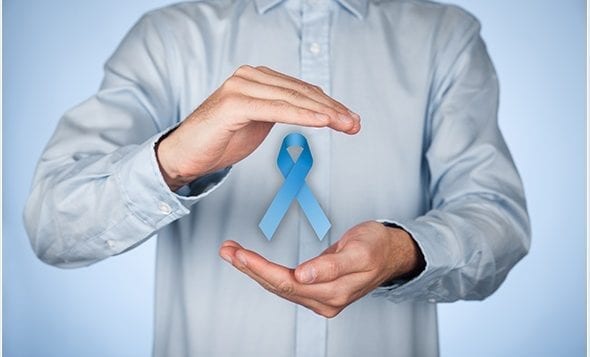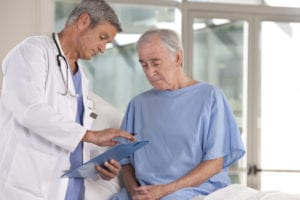The real benefits of exercise
By David Dunaief, M.D.

With holiday dinners right around the corner, what would be a better topic than exercise? To quell our guilt about Thanksgiving dinner indiscretions, many of us will resolve to exercise to burn off the calories from this seismic meal and the smaller, calorically dense aftershock meals, whether with a vigorous family football game or with a more modest walk.
Unfortunately, exercise without dietary changes may not actually help many people lose weight, no matter what the intensity or the duration (1). If it does help, it may only modestly reduce fat mass and weight for the majority of people. However, it may be helpful with weight maintenance. Therefore, it may be more important to think about what you are eating than to succumb to the rationalization that you can eat with abandon during the holidays and work it off later.
Don’t give up on exercise just yet, though. There is very good news: Exercise does have beneficial effects on a wide range of conditions, including chronic kidney disease, cognitive decline, diabetes, cardiovascular disease, osteoporosis, fatigue, insomnia and depression.
Let’s look at the evidence.
Weight loss attenuated
The well-known weight-loss paradigm in medicine is that when more calories are burned than consumed, we will tip the scale in favor of weight loss. The greater the negative balance with exercise, the greater the loss. However, the results of a study say otherwise. They show that in premenopausal women there was neither weight nor fat loss from exercise (2). This involved 81 women over a short duration, 12 weeks. All of the women were overweight to obese, although there was great variability in weight.
However, more than two-thirds of the women (55) gained a mean of 1 kilogram, or 2.2 pounds, of fat mass by the end of the study. There were a few who gained 10 pounds of predominantly fat. Significant variability was seen among the participants, ranging from significant weight loss to substantial weight gain. These women were told to exercise at the American College of Sports Medicine’s optimal level of intensity (3). This is to walk 30 minutes on a treadmill three times a week at 70 percent VO2max — maximum oxygen consumption during exercise — or, in other words, a moderately intense pace.
The good news is that the women were in better aerobic shape by the end of the study and that women who had lost weight at the four-week mark were more likely to continue to do so by the end of the study. This was a preliminary study, so no definitive conclusions can be made.
Other studies have shown modest weight loss. For instance, in a meta-analysis involving 14 randomized controlled trials — the gold standard of studies — results showed that there was a disappointing amount of weight loss with exercise alone (4). In six months, patients lost a mean of 1.6 kilograms, or 3.5 pounds, and at 12 months, participants lost 1.7 kilograms, or about 3.75 pounds.
Weight maintenance
However, exercise may be valuable in weight maintenance, according to observational studies. Premenopausal women who exercised at least 30 minutes a day were significantly less likely to regain lost weight (5). When exercise was added to diet, women were able to maintain 30 percent more weight loss than with diet alone after a year in a prospective study (6).
Chronic kidney disease
As just one example of exercise’s impact on disease, let’s look at chronic kidney disease (CKD), which affects 14 percent of adults in the United States, according to the Centers for Disease Control and Prevention (7). The U.S. Preventive Services Task Force has indicated that there is insufficient evidence to treat asymptomatic CKD. In fact, the American College of Physicians has said that asymptomatic CKD, which includes stages 3a and 3b, or moderate disease levels, should not be screened for, since the treatment risks outweigh the benefits, and lead to false positive results and unnecessary treatments (8).
However, in a trial, results showed that walking regularly could reduce the risk of kidney replacement therapy and death in patients who have moderate to severe CKD, stages 3-5 (9). Yes, this includes stage 3, which most likely is asymptomatic. There was a 21 percent reduction in the risk of kidney replacement therapy and a 33 percent reduction in the risk of death when walkers were compared to nonwalkers.
Walking had an impressive impact; results were based on a dose-response curve. In other words, the more frequently patients walked in the week, the better the probability of preventing complications. Those who walked between one and two times per week had 17 and 19 percent reductions in death and kidney replacement therapy, respectively, while those who walked at least seven times per week saw 44 and 59 percent reductions in death and kidney replacement. These are substantial results. The authors concluded that the effectiveness of walking on CKD was independent of kidney function, age or other diseases.
Therefore, while it is important to enjoy the holidays, it is food choices, not exercise, that will have the greatest impact on our weight and body composition. However, exercise is extremely beneficial for preventing progression of chronic disorders, such as CKD.
So, by all means, exercise during the holidays, but also focus on more nutrient-dense foods. At a minimum, strike a balance rather than eating purely calorically dense foods. You won’t be able to exercise them away.
References:
(1) uptodate.com. (2) J Strength Cond Res. Online Oct. 28, 2014. (3) ACSM.org. (4) Am J Med. 2011;124(8):747. (5) Obesity (Silver Spring). 2010;18(1):167. (6) Int J Obes Relat Metab Disord. 1997;21(10):941. (7) cdc.gov. (8) Ann Intern Med. online October 21, 2013. (9) Clin J Am Soc Nephrol. 2014 Jul;9(7):1183-1189.
Dr. Dunaief is a speaker, author and local lifestyle medicine physician focusing on the integration of medicine, nutrition, fitness and stress management. For further information, visit www.medicalcompassmd.com or consult your personal physician.

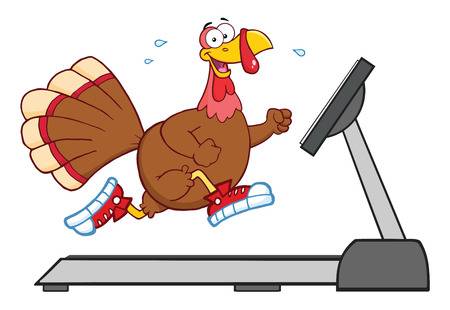
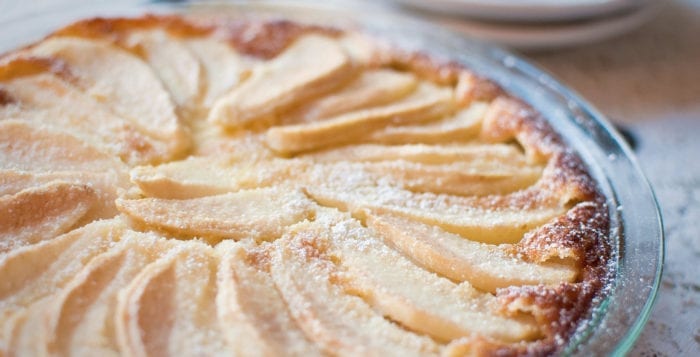
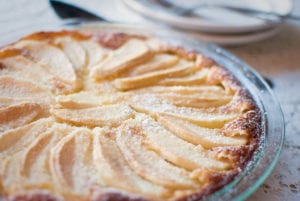

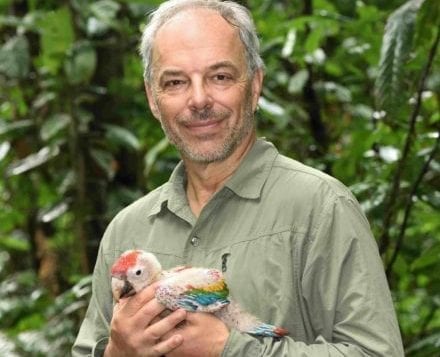

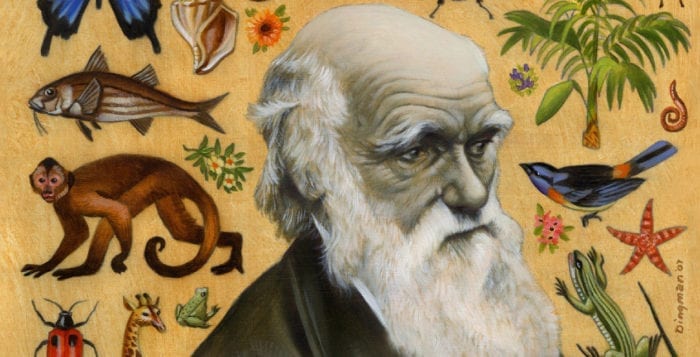
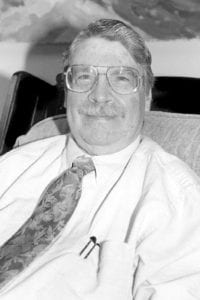
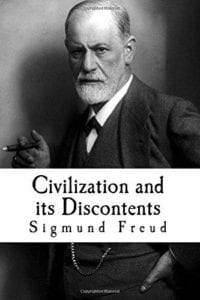 Freud introduces the source of the tensions between creativity and destructiveness. He assigns it to the id/superego conflict. I would use instead our capacity for love, empathy and sympathy versus our capacity for hate, bigotry and violence. Freud calls the process sublimation. He began writing this book in 1929 and published it two years later. He predicted that the rise of Nazism was imminent and would lead to massive death because humanity does not know how to sublimate its discontents into the path of the joys of civilization — its arts, humanity, play and immense scholarship.
Freud introduces the source of the tensions between creativity and destructiveness. He assigns it to the id/superego conflict. I would use instead our capacity for love, empathy and sympathy versus our capacity for hate, bigotry and violence. Freud calls the process sublimation. He began writing this book in 1929 and published it two years later. He predicted that the rise of Nazism was imminent and would lead to massive death because humanity does not know how to sublimate its discontents into the path of the joys of civilization — its arts, humanity, play and immense scholarship. 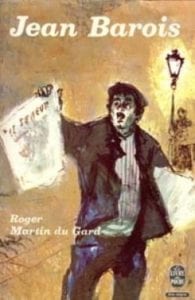 This is my favorite novel. It is the story of a young French boy raised by a devout Catholic family who thinks he will become a priest. He discovers instead that the more he learns the more doubts arise not only about his calling but his faith. He teaches biology and is fired for teaching evolution. His wife and daughter separate from him. He throws himself into the Freethinkers movement in France and gets involved in the Dreyfus case. He discovers that reason alone cannot sustain his life but returning to his faith is equally inadequate.
This is my favorite novel. It is the story of a young French boy raised by a devout Catholic family who thinks he will become a priest. He discovers instead that the more he learns the more doubts arise not only about his calling but his faith. He teaches biology and is fired for teaching evolution. His wife and daughter separate from him. He throws himself into the Freethinkers movement in France and gets involved in the Dreyfus case. He discovers that reason alone cannot sustain his life but returning to his faith is equally inadequate.  Montaigne’s essays describe his life and the times in which he lived in the context of a rich appreciation of classical literature. He tries to make sense of a world that is pretentious, at war with itself and filled with irony, contradictions and lessons we can extract from the past. Read a 20th-century translation of these essays rather than the 16th-century English translation. Start with his essay on friendship and his essay: “How by various means we all end at the same place.”
Montaigne’s essays describe his life and the times in which he lived in the context of a rich appreciation of classical literature. He tries to make sense of a world that is pretentious, at war with itself and filled with irony, contradictions and lessons we can extract from the past. Read a 20th-century translation of these essays rather than the 16th-century English translation. Start with his essay on friendship and his essay: “How by various means we all end at the same place.” I loved reading Pepys’s diaries and was thrilled that he was an eyewitness to the bubonic plague that swept through England in 1665 and the London fire that destroyed most of the city in 1666. Pepys is an imperfect person — not immune to accepting sacks of gold for awarding contracts for the British Navy, flirting with other women but loving his wife and learning to avoid threats to his career from others drawn to the politics of the time.
I loved reading Pepys’s diaries and was thrilled that he was an eyewitness to the bubonic plague that swept through England in 1665 and the London fire that destroyed most of the city in 1666. Pepys is an imperfect person — not immune to accepting sacks of gold for awarding contracts for the British Navy, flirting with other women but loving his wife and learning to avoid threats to his career from others drawn to the politics of the time.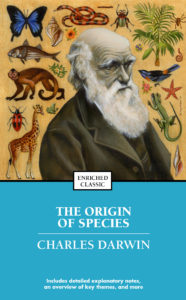 Darwin is an excellent observer and narrator. He wrote this book as an abstract of a huge multivolume plan for presenting his theory of evolution of species by natural selection. He is careful to distinguish evidence from theory and uses the facts to derive his interpretations of how evolution works. Darwin did not start with a theory and then seek facts to support it. He went with no idea about evolution and instead allowed the hundreds of observations and findings guide him to the only interpretation that made sense of the relations he found whether it was the work of hobbyists and breeders creating new varieties of plants and animals, the geographic distribution of plants and animals he encountered in his trip around the world, or the fossils he encountered.
Darwin is an excellent observer and narrator. He wrote this book as an abstract of a huge multivolume plan for presenting his theory of evolution of species by natural selection. He is careful to distinguish evidence from theory and uses the facts to derive his interpretations of how evolution works. Darwin did not start with a theory and then seek facts to support it. He went with no idea about evolution and instead allowed the hundreds of observations and findings guide him to the only interpretation that made sense of the relations he found whether it was the work of hobbyists and breeders creating new varieties of plants and animals, the geographic distribution of plants and animals he encountered in his trip around the world, or the fossils he encountered. 